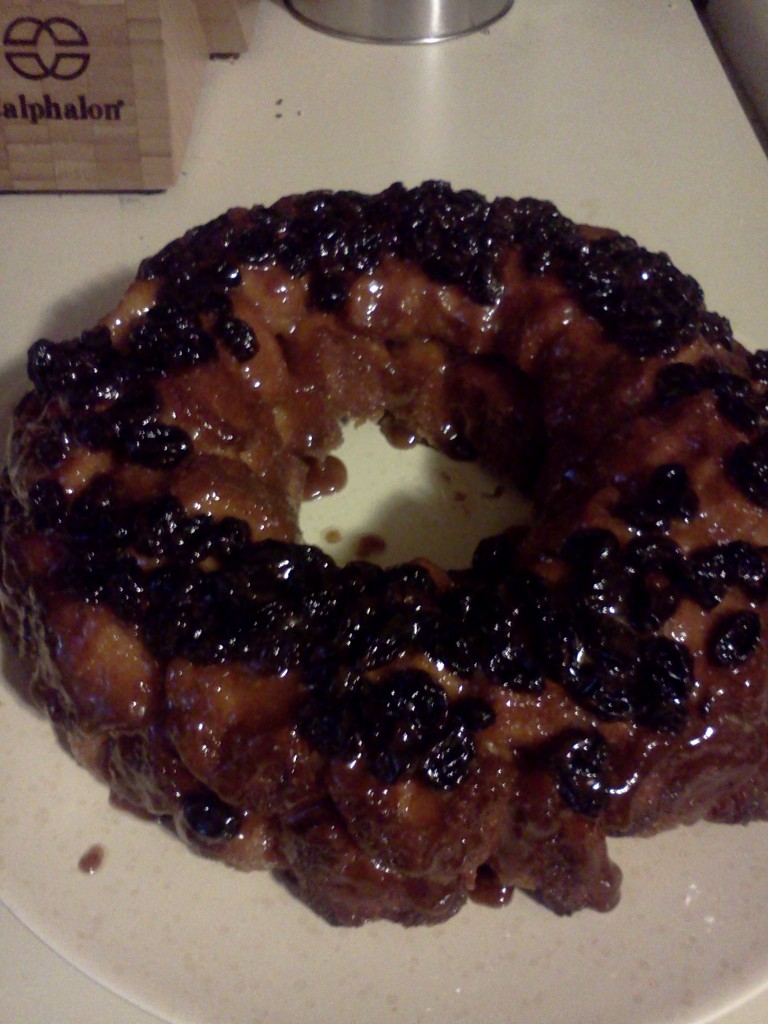How to Make Juicy Chicken
Chicken seems to be one of those things that really gives a lot of people a hard time. When you buy it from the store, meat market or wherever you find your chicken it is boring, bland and rather plain by itself. I hope we all know chicken needs to be cooked, you can’t eat raw chicken or even partially cooked chicken, so it must be cooked entirely. This is where a lot of people get thrown, you can grill it, fry it, bake it, pan sear it, braise it, oven roast it and the list goes on. The most common complaint I have with chicken is that it is over cooked then served dry and lifeless, just because it has to be cooked through does not mean it has to be dry, boring and dull.
That’s where this post comes in, one of the best kept secrets in the restaurant world is brining chicken, brine is simple to make, easy, cheap to make and keeps chicken flavorful and juicy. The basic recipe for chicken brine is 8 cups of water, 1/2 cup of salt (if using iodized salt reduce the amount of salt being used) and 1/4 cup sugar – that’s it! I know it sounds simple, even unusual but it works!
The next item is how long you brine your chicken, you don’t want to over do it or it will be so overly salty you won’t enjoy the meal. Below is a rough guide depending on the piece of chicken you are brining.
Whole Chicken 4-8 hours
Half Chicken 3-6 hours
Bone-in Skin-on Breasts 1-2 hours
Boneless Skinless Breasts 30-60 minutes
Legs and Thighs with Skin 45-90 minutes
Skinless Legs and Thighs 30-45 minutes
As you can see it doesn’t take long at all, in particular for boneless, skinless breasts, which I think need the most help when cooking. Just by adding this extra treatment your chicken will retain moisture, flavor and not that it is impossible to over cook and dry out but greatly reduces the chances.
Now comes the real fun with brining, you can mix up the ratio’s a bit to suit your desired flavor profile or even add other components to your brine. For example, some people like less salt, some people like more, I strongly urge people to cook with sea salt (aka kosher salt) if it’s at all possible, it doesn’t have as sharp of a taste and allows you to fine tune your cooking better; if you’re using iodized salt please proceed cautiously when increasing the amount you’re adding. I typically always add some fresh ground pepper to my brine so feel free to experiment with that as well.
You can add virtually anything else that would impart flavor that you’re looking for, such as crushed garlic cloves, minced onions, cumin, rosemary, thyme and the list goes on and on! What ever you would normally cook your chicken with you can probably add to the brine to infuse those flavors into the chicken. I normally don’t go over board with additional flavorings, but it’s fun to try new things.
With Thanksgiving around the corner I’m sure some of you are wondering if you can brine a turkey and the answer is YES! A few years ago we made a fried turkey at my parents house on Thanksgiving and we had brined it for I believer 2 or 3 days prior and it was one of the best turkey’s I’ve ever had – and I love turkey, it’s my favorite meal. With the brined, fried turkey it created this unbelievably amazing crispy, perfectly seasoned skin that I’ve ever had, just think about it takes me to a special place.
After you create the brine just place the cleaned chicken or chicken pieces in it for the times that are listed above, after the time has passed remove the chicken, wash it with clean water once or twice and prepare it as you normally would. I love brined chicken on a grill, but it’s also great pan seared, or virtually any method you wanted to cook it. I don’t think you need to brine chicken if you’re poaching or braising it, you’ll be cooking in flavor with those methods and brine won’t add much but it would make for a great experiment.
You can brine meats other than just poultry, but not all meats respond well to brine, I’ll have a follow up post soon about other meats that are great to try with brine. If you come up with any additional flavorings that you find work well I’d love to hear about it!



Follow Us!